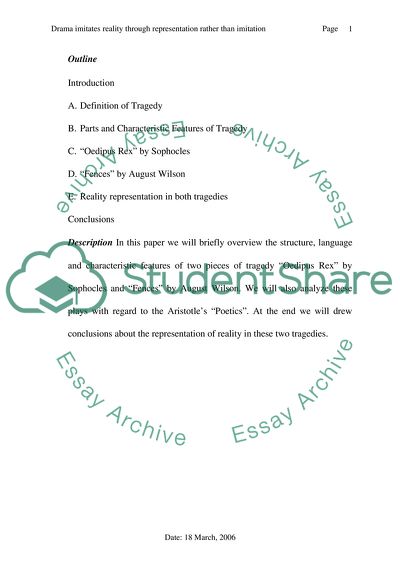Cite this document
(Drama Imitates Reality Through Representation Rather Than Imitation Essay, n.d.)
Drama Imitates Reality Through Representation Rather Than Imitation Essay. https://studentshare.org/performing-arts/1536207-elements-of-drama-drama-imitates-reality-through-representation-rather-than-imitation
Drama Imitates Reality Through Representation Rather Than Imitation Essay. https://studentshare.org/performing-arts/1536207-elements-of-drama-drama-imitates-reality-through-representation-rather-than-imitation
(Drama Imitates Reality Through Representation Rather Than Imitation Essay)
Drama Imitates Reality Through Representation Rather Than Imitation Essay. https://studentshare.org/performing-arts/1536207-elements-of-drama-drama-imitates-reality-through-representation-rather-than-imitation.
Drama Imitates Reality Through Representation Rather Than Imitation Essay. https://studentshare.org/performing-arts/1536207-elements-of-drama-drama-imitates-reality-through-representation-rather-than-imitation.
“Drama Imitates Reality Through Representation Rather Than Imitation Essay”. https://studentshare.org/performing-arts/1536207-elements-of-drama-drama-imitates-reality-through-representation-rather-than-imitation.


